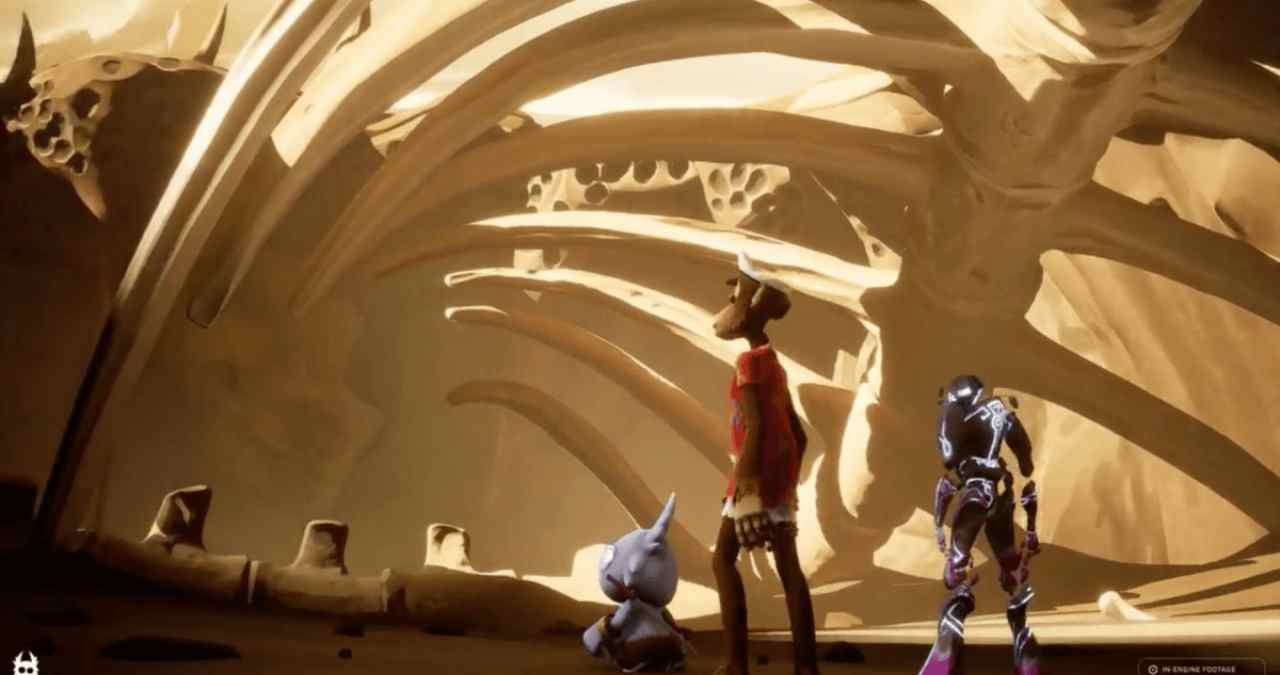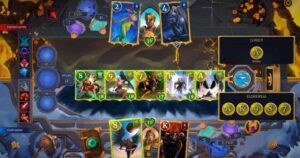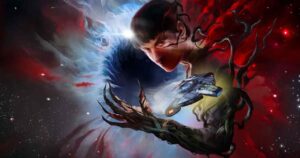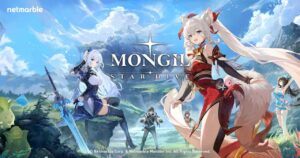Yuga Labs is shifting the scope of the Otherside metaverse with a new set of development tools and platform updates. The latest announcements center on AI-assisted world-building, expanded avatar customization, and the integration of more interactive gameplay mechanics.
This marks a significant move toward turning Otherside from a concept into a functional digital ecosystem. The updates are framed as foundational, laying the groundwork for more participatory development and modular interaction within the space.
AI creation tools aim to open up building for everyone
A standout reveal is the use of generative AI to simplify world-building. These tools are designed to let users shape environments quickly, even if they don’t have traditional 3D design skills. Think of it as a stripped-down engine that merges sandbox creativity with algorithmic assistance.
The aim here seems to be scale. If Otherside is going to be more than a showcase for NFT assets, it needs tools that make creation accessible. AI helps lower that barrier, speeding up the process of populating the world without relying solely on curated studio assets.
Custom avatars and deeper identity mechanics
Another key update is support for 3D avatars beyond the Bored Ape or Kodamara templates. Players will be able to import, modify, and animate fully rigged models. This isn’t just cosmetic. Custom avatars are tied into movement systems and emotes that affect in-world interaction.
This shift opens Otherside to a broader set of identities and play styles, a necessary step if it wants to evolve from a closed NFT hub into a platform where different communities and creators can coexist. It also sets up future systems for avatar-linked functionality, possibly including game stats or progression mechanics.
Enhanced game modes and spatial mechanics
Beyond avatars and AI tools, Yuga is also rolling out more structured gameplay options. Recent updates introduce new game objects, movement systems, and terrain interactions. These aren’t full-blown mechanics yet, but they’re signals that Otherside wants to support more than just social or collectible-based experiences.
These systems point toward a modular game layer. Instead of one centralized game loop, creators will be able to add elements like puzzles, physics interactions, or exploration zones to their own spaces. It echoes approaches seen in platforms like Core or Roblox, but with Web3 ownership layered in.
Web3 integration remains central but less dominant
Blockchain still plays a role in Otherside, particularly for asset ownership and provenance, but the focus now leans more into usability. The goal seems to be making the metaverse feel like a platform first, with NFTs and tokens as backend features rather than the main selling point.
This direction may reflect broader shifts in Web3 gaming. Projects are moving away from the speculative angle and leaning into utility and creation. If Otherside can deliver actual tools people want to use, it may regain momentum after a period of skepticism around metaverse viability.
Community participation tied to evolving infrastructure
Yuga is clearly leaning into community-led creation, but that only works if the tools are usable and the gameplay meaningful. The AI builder and avatar upgrades are early signs that the platform is moving beyond its early hype phase and into something more structural.
If Otherside can maintain development pace and support third-party creators without overcomplicating the ecosystem, it could serve as a test case for how Web3 platforms evolve from static NFT galleries into active digital spaces with real player agency.
Web3 Analyst & Play Blockchain Games Guide
CryptoKit breaks down Web3 gaming like it’s second nature. From tokenomics to airdrop strategies, she turns blockchain chaos into clear, actionable advice for players who want to win more than XP.




